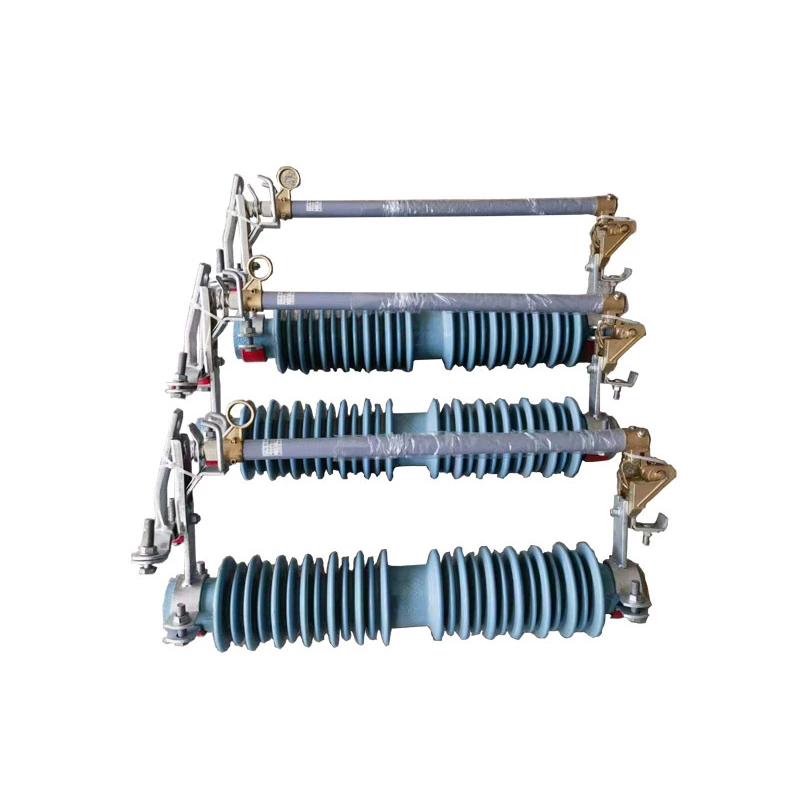Analysis Of The Role Of Drop-out Fuses In Power Systems
As an important protection element in the power distribution network, the core function of High Voltage Fuse is to realize overcurrent protection of power equipment. This device with both breaking and isolation functions plays an irreplaceable protective role in the power distribution system of 10kV and below voltage level through precise ampere-second characteristic curve control.
1. Overload protection and current setting
The selection of its rated current follows a specific formula:
In=1.5∼2×Irated(transformer)
This design allows the equipment to avoid transformer excitation surge current and effectively protect against continuous overload. For example, in the protection of 500kVA transformers, 100A fuses are usually selected, corresponding to a carrying capacity of 1.73 times the rated current.
2. Quick removal of short-circuit faults
The design of gas-generating arc extinguishing structure enables the arc to form a longitudinal arc blowing effect under the action of silica sand and gas-generating materials, ensuring that the current is cut off within 1/4 of the power frequency cycle. Typical parameters show that the maximum breaking capacity of 12kV-level products can reach 16kA, which can meet the needs of most power distribution scenarios.
3. Visible break and isolation function
... In the three-level protection system of distribution network, drop-out fuses are mainly responsible for the final protection:
Upper level: substation outgoing line circuit breaker (action time 0.5s)
This level: fuse (action time 0.01-0.1s)
Lower level: user-side protection switch
The selectivity of protection is achieved through the step-by-step coordination of time-current characteristics. In the ring network power supply system, it can cooperate with the load switch to realize the rapid isolation of the fault section and reduce the power outage range to a single distribution transformer area.
In coastal salt spray areas, new composite insulation material fuse tubes have achieved weather resistance with an annual corrosion rate of <0.01mm; low-temperature products used in high-cold areas can maintain a stable elastic modulus at -50℃. Wireless monitoring fuses developed in recent years can monitor parameters such as fuse tube posture and temperature in real time through built-in sensors to achieve preventive maintenance.

